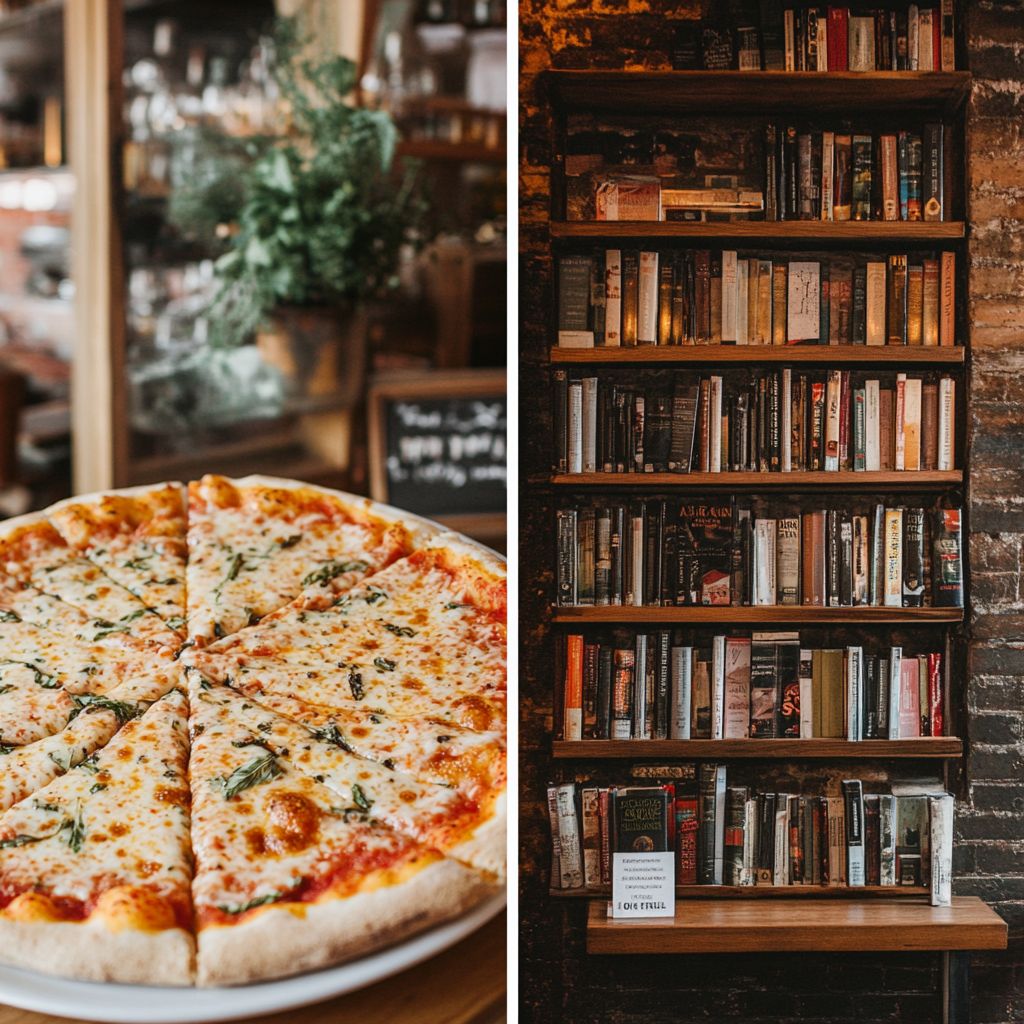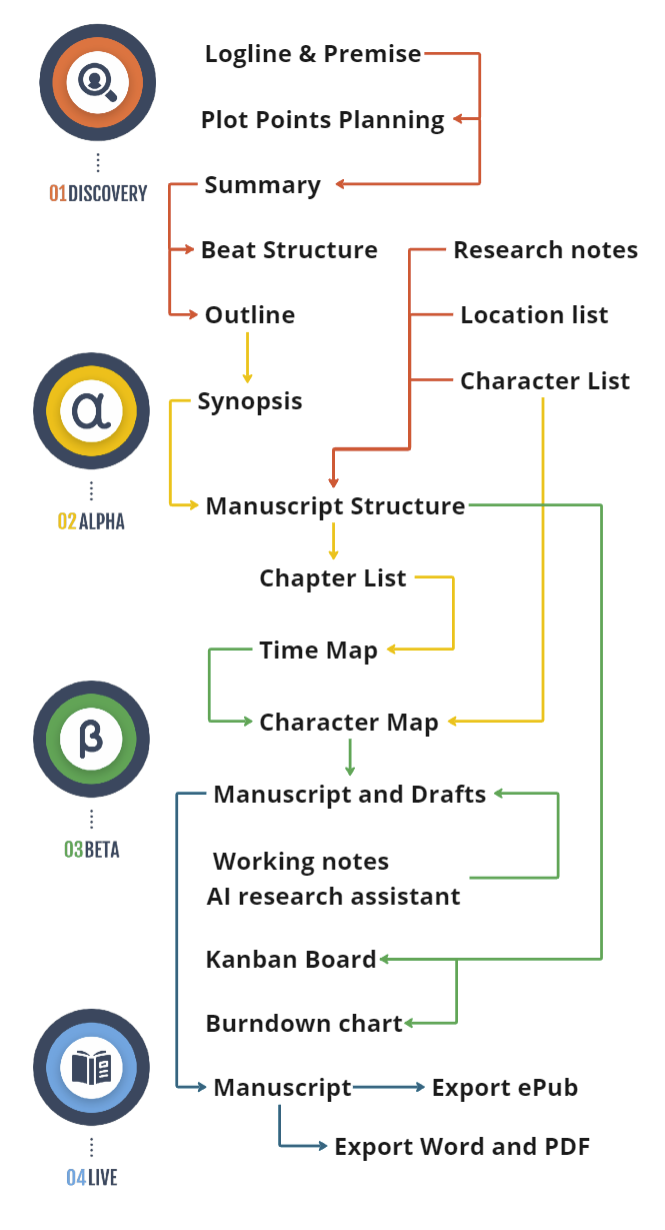Imagine a bustling market in a grand fantasy city. Merchants hawk everything from jeweled artifacts to simple farm produce, each calling out prices to passersby. You stop at a stall selling a rare manuscript—only to find it costs about the same as a quick meal at the tavern next door. Surprising? Maybe. But in our world, the “pizza comparison” underscores a deeper question: How do we value the fruits of creative labor when they’re priced so casually?
We often see books, eCourses, or editing services priced at or below the cost of a large pizza. At first glance, it might feel odd—A pizza disappears in one meal; a book can change a lifetime! But we live in a consumer culture that measures worth in dollar amounts, sometimes overshadowing intangible benefits like inspiration or knowledge. This question extends to how we, as writers, present our work and set our own value in a marketplace crowded with quick-fix content.Any creator who’s ever wondered whether to discount their book or give away stories for free can relate. Aspiring novelists struggle with pricing their eBooks, worried no one will pay more than a few dollars. Freelancers debate accepting lower fees just to gain experience. Even established authors might offer deals that, while boosting volume, raise concerns about undervaluing the craft. It’s a dilemma that touches every corner of the writing community.
- Define Your Worth: Like a blacksmith forging a blade with painstaking care, your writing isn’t just words on a page; it’s a piece of your imagination, your lived experiences, your heart. Identify the unique qualities of your work—tone, expertise, or storytelling flair—that justify a fair price.
- Experiment with Tiers: Offer multiple formats or editions. Perhaps a short story goes for a token price, while a collector’s edition or hardcover commands a higher one. In the fantasy market analogy, think of it as selling both the raw steel sword and an ornate, rune-engraved masterpiece.
- Bundle and Add Value: Maybe your novel includes exclusive behind-the-scenes notes (like a “worldbuilding bible”) or a short Q&A with you explaining story choices. This extra content can help readers see past a simple price tag.
- Engage Your Community: The more readers understand the effort behind your work, the more they’re willing to pay a price beyond “large pizza” territory. Share snippets of your writing process, character sketches, or worldbuilding maps. As Brandon Sanderson often does, open the door for readers to witness your creative journey.
Yes, a low price can attract casual buyers. But consistently underpricing your work may lead readers to perceive it as disposable—something they can quickly consume and discard, like a slice of pizza. By valuing your craft at a level that reflects your effort and creativity, you encourage deeper engagement and long-term appreciation. This isn’t about placing an exorbitant cost on art; it’s about shaping a culture where words aren’t cheap currency, but something cherished and worthy of investment.
Reevaluate how you price—or perceive the price of—your own creative offerings. If you’ve been defaulting to the cost of a “large pizza,” pause. Consider the hours, passion, and craft poured into your work. Experiment with a pricing strategy that honors your efforts. Will you dare to value your writing at more than a quick meal?




